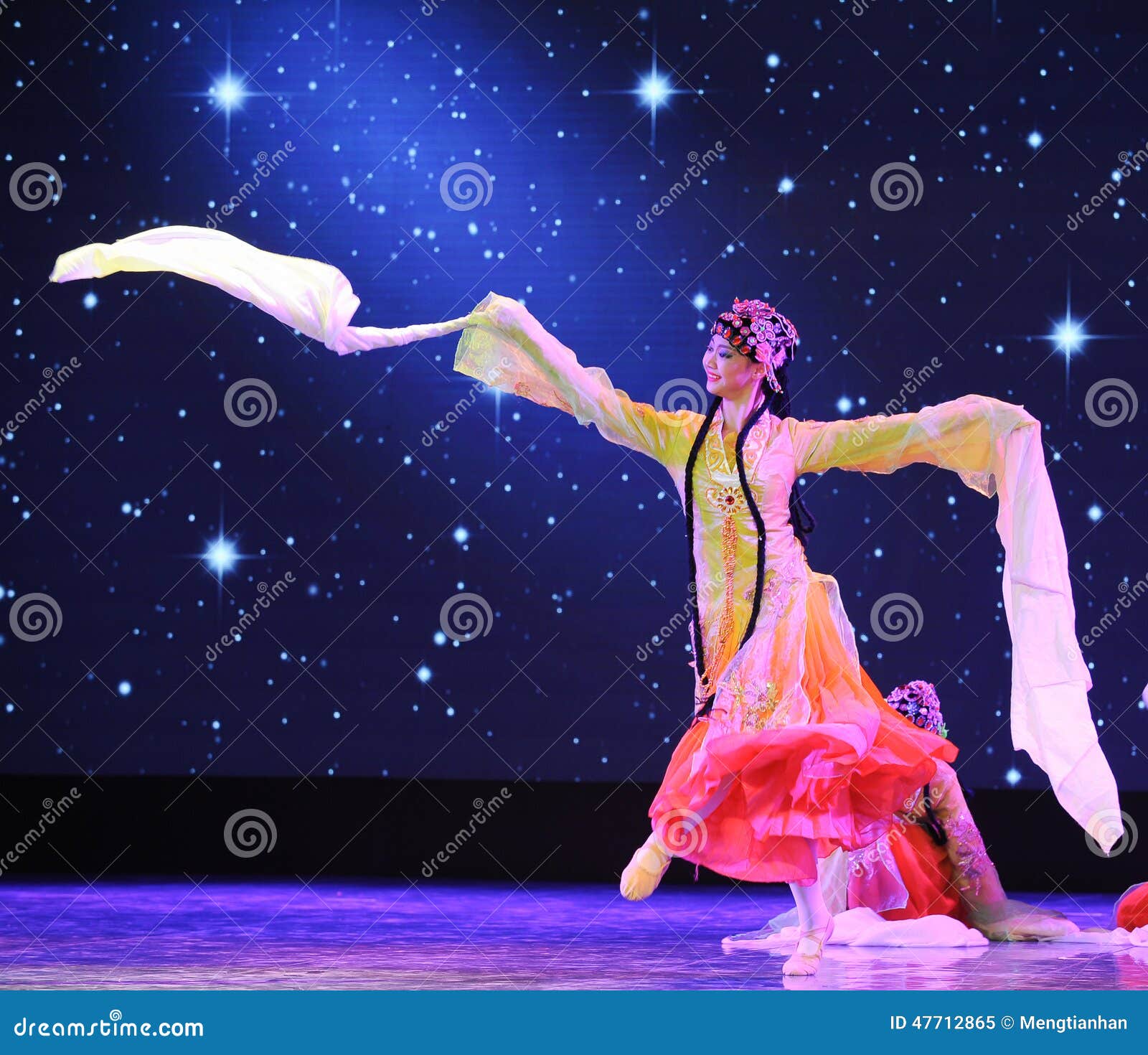

It is a pity that the play has since been lost in China. Actors performing the role wore a purple mask and a golden belt, holding a whip as they ordered soldiers to fight. His story was later adapted into Chinese opera. Lanling, the fourth son of King Wenxiang of the Northern Qi (AD 550-577), was a brave warrior who often wore a mask in battle. “King Lanling” is a masterpiece of that genre. A muscular, fierce-looking man observes them from below.ĭuring the Tang Dynasty (AD 618-907), masked performances called Damian Opera were popular. Women with small waists, wide sleeves and bloomers fly in the sky like fairies, holding colored ribbons. The second part tells a story of a fairy and the devil. In the first, “Sword and Vase Dance,” the dancer holds a sword and handles a vase while other people dance around him.

“Dance Picture” is divided into two parts. The brick paintings “Dance Picture” and “Opera Picture,” discovered outside the Western Gate of Chengdu in Sichuan Province, also depicts performing arts.

In the picture, two topless men wrestle as two horses behind look on intently. It shows people performing a Jiaodi Opera, which is similar to the sport of wrestling. It also depicts three horses pulling a performance wagon, where musicians play and women perform acrobatics.Ī bronze painting called the “Jiaodi Opera” was discovered in a tomb of the Warring States Period (475-221 BC) in Shaanxi Province. It shows a series of dances that include a sword dance, a dance with sticks and a phoenix dance. The mural “Hundred Plays,” done in the Han Dynasty (206 BC-AD 220), was discovered in Shandong Province.


 0 kommentar(er)
0 kommentar(er)
